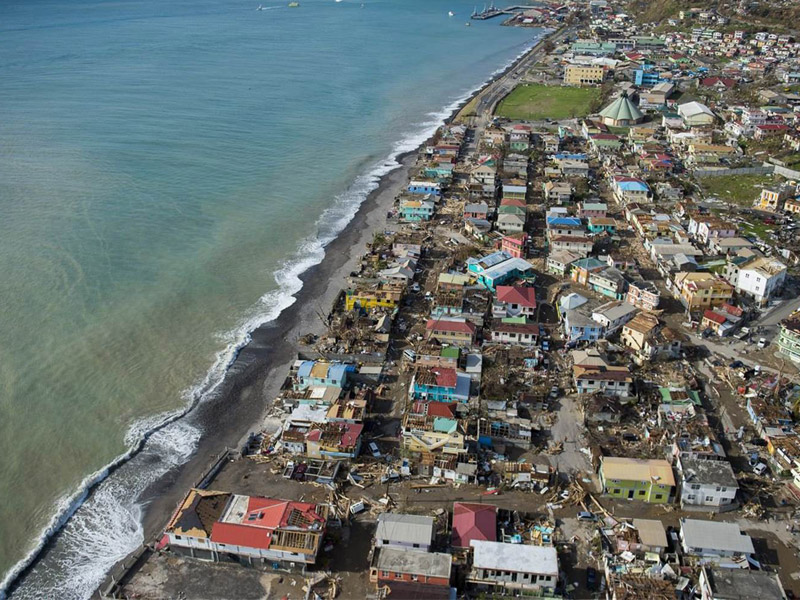NEW YORK—Is it an invention when you discover something that was always there? Something that was just waiting for someone to point to it, and declare it a great idea?
It’s a semantic argument, for sure. But it’s how I often feel about the NYC Medics model of disaster response—our unique approach to emergency medical response that uses small, lightweight, resilient, and flexible Mobile Medical Teams to deploy quickly into areas of the world that not might otherwise get reached. These MMTs afford a different way to address the challenges of getting disaster relief to people faster, and to those typically much harder to reach.
Ten years ago, during our founding mission to Pakistan, we “discovered” this model of post-disaster response. It allowed us to go faster, farther, and work in harsher conditions than mobile hospitals can. It allowed us to target people trapped in highly inaccessible areas—outside of the highly populated areas that other disaster aid groups typically have a hard time reaching (and so, therefore, do not).
Initial analytics might point to more people being served with fewer resources in high population areas, but many of those people have other options, or can wait longer, while people in inaccessible areas die frequently from the most easily remedied ailments. Even minor interventions, like cleaning wounds, delivered in remote villages, quickly after an event, can have profound and long-lasting effects on a life, a family, on us all.
After more than 10 years, we’ve learned how to work in those dark and silent areas on a disaster map. Silence does not equal “all is fine.” In fact, it’s very often the absolute opposite. Having sent 30 teams over 10 years on 12 very different missions, we’ve proven that this “outside-in” model of working the edges first, while others work the center, is eminently feasible, reaches others not otherwise reached, and it’s inexpensive.
We think it’s time for the world to take notice—not of us, but of the model. The discovery, and the logistical and deployment challenges it solves for all disaster relief efforts in a region, are too important to be addressed by just one one group. In the parlance of the IT world, we want to “open source” this model, and help others to use this approach so that more people can be helped when disaster hits.
—Steve Muth
(Steve is a co-founder of NYC Medics)
[PHOTO: Phil Suarez, NYC Medics]


